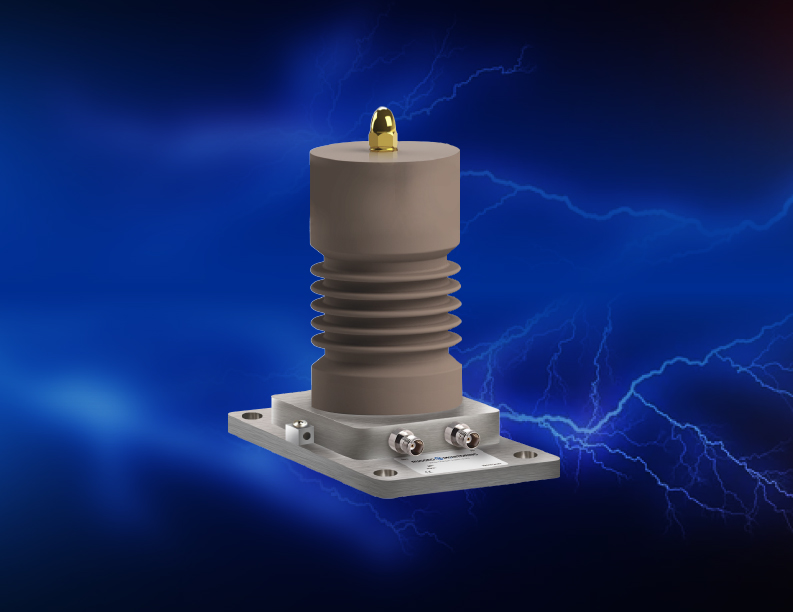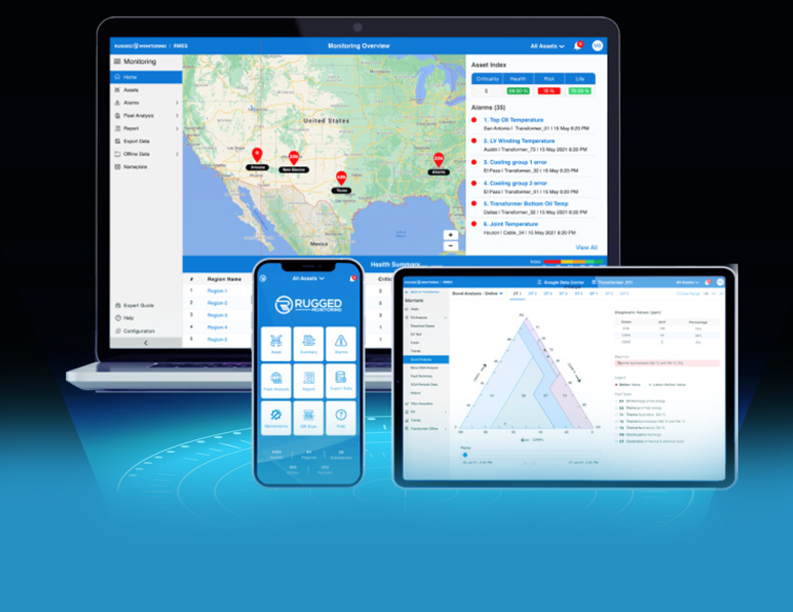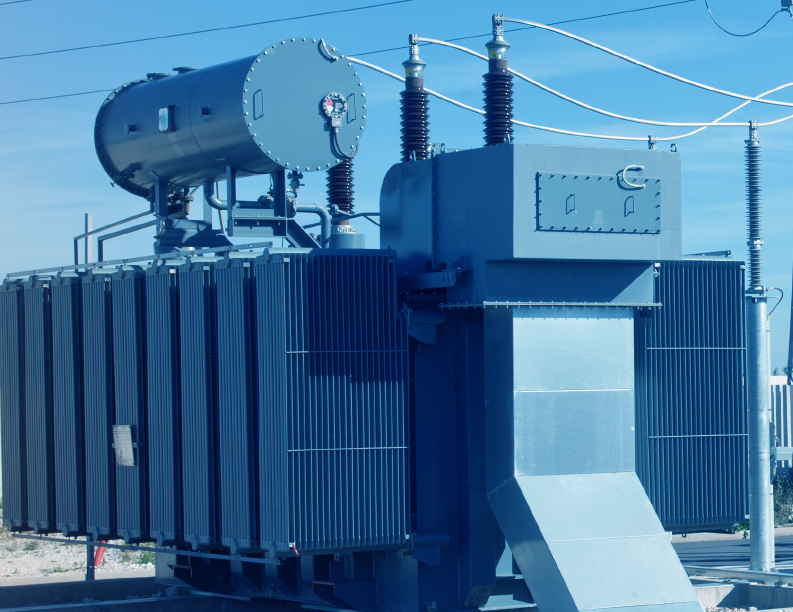Partial discharge (PD) is a localized electrical discharge that partially bridges the insulation between conductors, and which may or may not occur adjacent to a conductor.
Partial discharge can lead to insulation degradation and, over time, can result in equipment failure. Therefore, it is important to detect and monitor partial discharge activities to prevent serious damage. One of the methods used for partial discharge detection and measurement is the use of capacitive couplers.
Capacitive Couplers
Capacitive couplers are devices that allow the coupling of high-frequency signals while blocking the flow of direct current (DC) or low-frequency signals. They are commonly employed in partial discharge measurement systems to capture the high-frequency components of partial discharge pulses. The basic principle behind PD capacitive couplers involves using a capacitive element to couple the high-frequency signals generated by partial discharges from the electrical equipment to an external measuring system. The capacitive coupler acts as a sensor or transducer that captures the PD signals and transfers them to the measurement equipment for analysis. Partial discharge couplers play a crucial role in capturing and transmitting PD signals to measuring instruments for analysis. PD measurement based on the IEC 60270 Standard is highly advanced due to its precision and its capability to detect PD levels during offline conditions.
The testing circuit for this method is illustrated below, comprising the testing object Cx, the coupling capacitor Cb, and the measurement impedance Z as the primary circuit components. PD activity in the test object generates current impulses below 1 MHz, which are intercepted by the coupling capacitor and then transferred to the measuring impedance. This signal can be represented in both the time-domain and the phase-domain, allowing for a comprehensive visualization of PD events. Phase-Resolved PD (PRPD) and Phase-Resolved Pulse Sequence (PRPS) are two methods used to portray the patterns of PD activities, effectively displaying the relationship between discharge amplitude, cycle number, and phase position.
80pF Coupler
The 80pF coupler is a widely employed PD coupler with a capacitance of 80pF. It is designed to couple PD signals from the high-voltage equipment to the measuring instruments. The coupler
typically consists of a metallic plate and a coaxial cable to connect it to the measuring instrument. The coupler is capable to measure the range of frequencies from 35MHz to 350MHz.
1nF/2nF Coupler
The 1nF/2nF coupler is another commonly used PD coupler with a capacitance of 1nF or 2nF. It is designed to couple PD signals from the high-voltage equipment to the measuring instruments. The coupler typically includes a metallic plate, a capacitor, and a coaxial cable to connect it to the measuring instrument. The coupler can measure the range of frequencies from 20kHz to 30MHz.
What RM offer?
HSENS-CC installation at busbar and within terminal boxes. The sensor can be installed vertically and horizontally depending on the space limitations. The HSENS-CC sensors come with built-in overvoltage protection with different output connections (BNC/TNC). The sensors can be connected to any HF (High Frequency) PD monitoring system regardless of manufacturers. HSENS-CC is available in the range from 1nF/2nF upto 500 pF and can be custom designed based on the application and customer specific requirement. The 80pF coupler, with its low capacitance and high-frequency response, is suitable for applications where high-frequency discharges are common. It provides accurate measurements and is cost-effective, making it a practical choice for certain scenarios. On the other hand, the 1nF/2nF coupler offers a wider frequency range, enabling the detection of both high and low-frequency PD events. It provides enhanced sensitivity, allowing for the identification of smaller or early-stage PD activity. The accurate measurements contribute to reliable data analysis and decision-making.
RM PD Monitoring System: PD Coupler
PD Monitoring System & Couplers: Design as per DIN-EN 61010-31-2008; IEC60358; IEC60694; IEC60270. Along with 11kV AC, 17.5kV AC and 24kV AC we at RM also have 36kV and 52kV Coupler for high voltage applications. To determine the most suitable coupler for a specific application, factors such as the frequency characteristics of the PD events, the desired sensitivity level, and budget considerations should be taken into account.
Rugged Monitoring brings in the most innovative products and services to perform real-time comprehensive monitoring of electrical assets across various industries. Our experts will accurately design the PD monitoring solutions with extreme care to enhance the operating efficiency and lifetime of the electrical assets by identifying the faults before
there is any serious breakdown.







